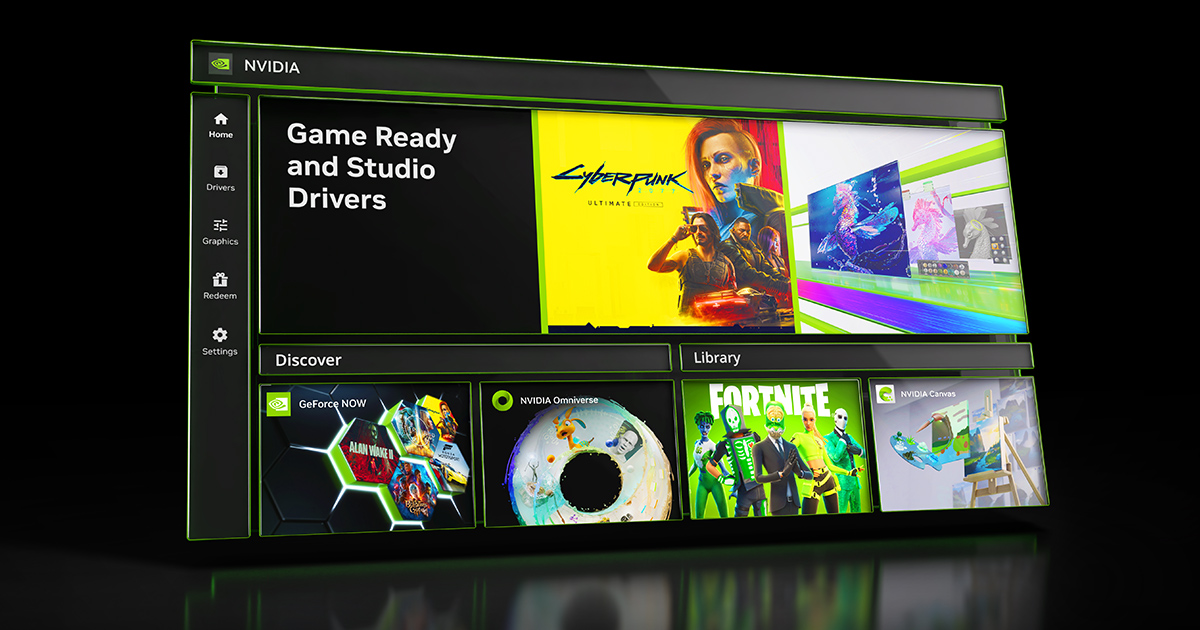@pharma per your suggestion, I tried out Asus GPU Tweak 3 today for a few hours of testing and a few million less PPD! Here are my thoughts:
- Pro: It's better than I remember, in terms of UI and monitoring and just general presentation.
- Pro: For the generic "let's overclock to the max" stuff, it seems to work just as well as MSI Afterburner.
- Pro: I tried creating app profiles and it worked well too. Did a minimal clock profile for Oblivion and Skyrim, did a max overclock profile for Cyberpunk, did stock clocks for MS Flight Simulator -- it all worked as expected. Creating a profile for Folding didn't work because the binary is always loaded, albeit sometimes it's on pause... I think I'd need to create profiles for each folding "core" to make it work correctly, however those cores are often updated and I suspect a new version of the FAH core would break the overclock profile.
- Con: The only way to access any quantity of curve editing is to first permit it to run a full OC Scanner session, which takes as long as 20 minutes.
- Con: Once I was able to get to the curve editor, actually creating a proper undervolt curve by selecting a point and flattening literally every point to the right at the same height doesn't work properly. There's a specific button for "flatten to lower value" in the editor, and it draws a flat line like you expect. However, as soon as you apply it, a curve shows up starting at an arbitrary point midway through the flat line. The result: the card simply hops from your desired undervolt alllllll the way over to some crazy voltage at an incrementally higher speed.
- Con: No amount of fidgeting with the curve editor allowed me to get a proper undervolt to work, either due to the insertion of a curve without my asking for it, or because the 4090 doesn't respect any voltage curve settings below 870mV.
After working on it for hours, I finally gave up and went back to MSI Afterburner. Humorously enough, my experience with GPU Tweak did show me a new trick and also reminded me I found my max stable clocks / temp / volt combo for my 4090. As such, I ended up building a whole new set of clock profiles in MSI which gave me a far better set of power vs performance options to choose from.
Setting 1: 2205 MHz GPU at 870mV, 5001 MHz MEM. Apparently the 870mV voltage setting is not only the lowest accepted programmable voltage level, it also places the card in the P2 power state which forces memory clocks to half speed. In this profile the card runs at ~240W absolute max and folding comes in below 190W. This setting is overkill for >90% of the games I play.
Setting 2: 2505 MHz GPU at 875mV, 10251 MHz (stock speed) MEM. The card doesn't seem to exceed 300W no matter what I throw at it, and it's great for Cyberpunk 2077 Ultra and pathraced at 3440x1440 100Hz with DLSS Quality and FG enabled. Folding in this profile draws ~215W for around 23M PPD on a good WU.
Setting 3: 2625MHz GPU at 915mV, 10751 MHz MEM. This is preferred folding setting, averaging ~245W and pumping out just shy of 25M PPD on a good WU. Fans hover around 75% while temps say below 70*C. Playing CP2077 on this profile will chew through ~330W and sometimes more, unfortunately the case fans start picking up speed so it's not as quiet as the slower settings.
Setting 4: 2745 MHz GPU at 965mV, 11251 MHz MEM. This is a bit of a burner, it's good for e-peen gloating and warming up a room. Folding at this speed will absolutely exceed 280W and I've seen PPD numbers slightly exceeding 26M, but it's not worth the power draw and heat. Playing CP2077 will get it to 400W...
Setting 5: 2865 MHz at 1025mV, 11925 MHz MEM and power limit at 111%. The card seems stable here over the course of a few hours of CP2077 and some folding, but it occasionally bumps into the firmware's 500W max power limit while Cyberpunking. Folding gets a tiny performance bump to 27M PPD on a really good WU, yet draws ~355W on average. CP2077 turns the whole box into a convection oven while riding that 500W power limit, while FanControl shoves every fan in the case to 100% in protest of crazy heat coming off the card. I did this mostly "just to see", otherwise it's a pointless profile.
A fun exercise, and learning about that P2 power state to cut the memory rate in half was actually quite useful for throttling down the card for simpler games.


